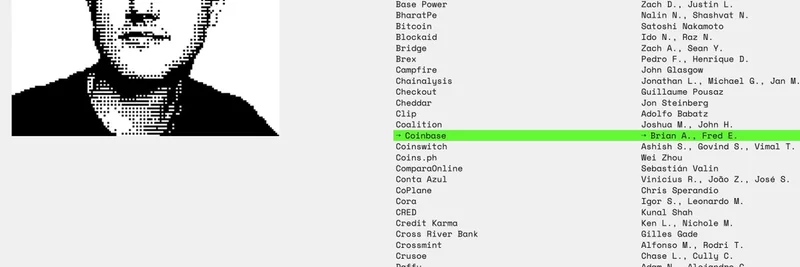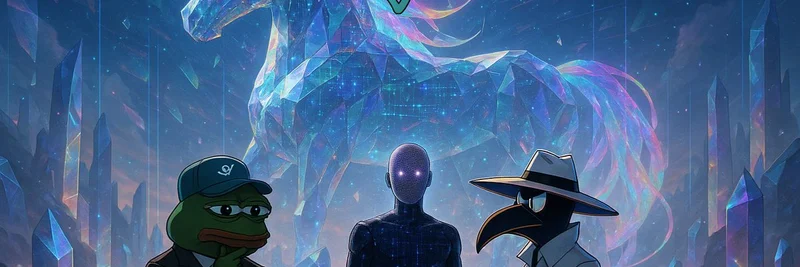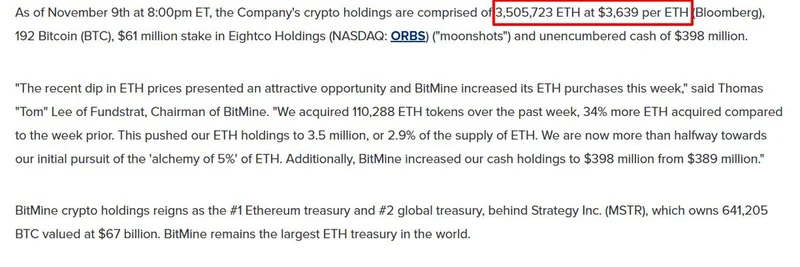Hey there, meme token enthusiasts and blockchain buffs! If you’ve been keeping an eye on the latest buzz on X, you might have stumbled across an intriguing take from Brennan Watt, a prominent figure in the Solana ecosystem. In a post dated July 26, 2025, Watt dropped a thought-provoking statement: "today: geo decentralization is an obstacle to overcome. tomorrow: it is a feature that enhances the UX. take it to the bank." This single tweet has sparked a lively thread, and today, we’re diving into what it means for the blockchain world—especially for those of us tracking meme tokens and cutting-edge tech.
What’s Geo Decentralization All About?
Let’s break it down. Geo decentralization refers to spreading out the physical locations of a blockchain’s nodes (the computers that keep the network running) across different geographic regions. Traditionally, this has been seen as a hurdle. Why? Because coordinating nodes spread worldwide can slow things down, increase latency (that annoying delay in data transfer), and complicate maintenance. But Watt’s prediction flips the script—suggesting that this very challenge could soon become a superpower for user experience (UX), the way people interact with blockchain apps.
Imagine you’re trading a hot new meme token like $SSX (shoutout to the Solana Stock Index mentioned in the thread!). A decentralized network with nodes everywhere could make transactions faster and more reliable, no matter where you are. That’s the kind of UX boost Watt is hinting at.
The Thread That Keeps on Giving
The replies to Watt’s post are a goldmine of perspectives. Max Resnick jokingly pointed out the downside of centralizing nodes in one spot—making them an easy target for, say, airstrikes! It’s a stark reminder of why decentralization matters for security. Meanwhile, mert | helius.dev and Watt himself brought up MCP (Model Context Protocol), a tech that could tie this all together. MCP, as explained in a Medium article, lets AI tap into blockchain data securely, potentially smoothing out geo-decentralized networks.
Another user, cryptoes, tossed in a mention of $SSX, hinting at how Solana’s ecosystem might already be leveraging these ideas. It’s clear the community is buzzing with ideas about how tomorrow’s tech could turn today’s problems into advantages.
Why This Matters for Meme Tokens and Beyond
For meme token fans, this shift could be a game-changer. Meme coins thrive on community engagement and quick transactions—think of the hype around tokens like Dogecoin or Shiba Inu. If geo decentralization improves UX, it could mean faster trades, better accessibility, and even new ways to integrate AI-driven features (thanks, MCP!). Plus, with Solana’s lightning-fast block times (as noted on solana.com), this could give meme token projects a serious edge.
But what’s the tipping point? ©flows / Chainflow asked the million-dollar question: what happens tomorrow to make people care? Watt’s reply about "Client to proposer RTT w/ MCP" suggests a technical leap—reducing the round-trip time (RTT) between users and network proposers. In plain terms, it’s about making the system snappier. Pair that with AI automation from MCP, and you’ve got a recipe for a smoother, more engaging blockchain experience.
The Bigger Picture
This isn’t just about meme tokens—it’s about the future of blockchain itself. ScienceDirect research highlights how blockchain can secure geospatial data sharing, while Wikipedia dives into decentralization’s broader benefits, like empowering local communities. Watt’s vision aligns with this: geo decentralization could enhance not just UX but also resilience and trust in networks.
So, what do you think? Is geo decentralization about to become the secret sauce for blockchain’s next big leap? Drop your thoughts in the comments, and stay tuned to meme-insider.com for more updates on how this could shape the meme token landscape and beyond!




